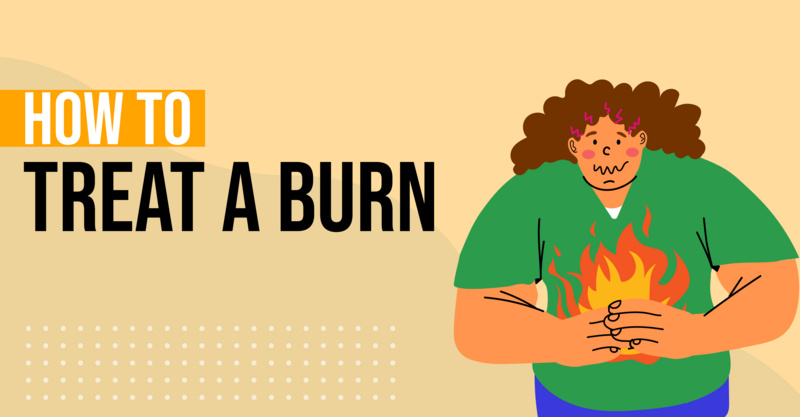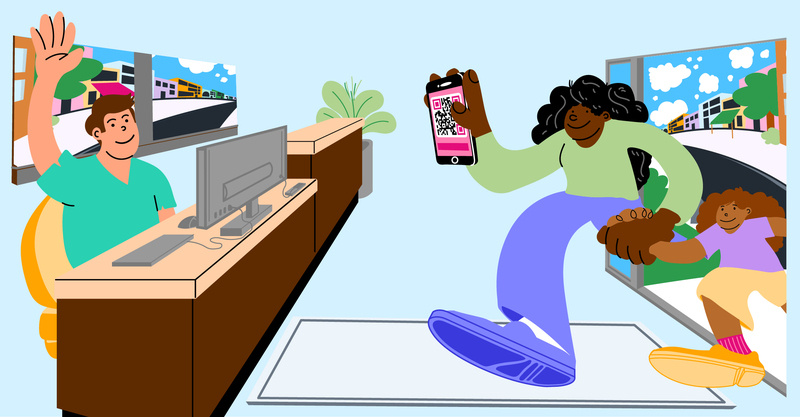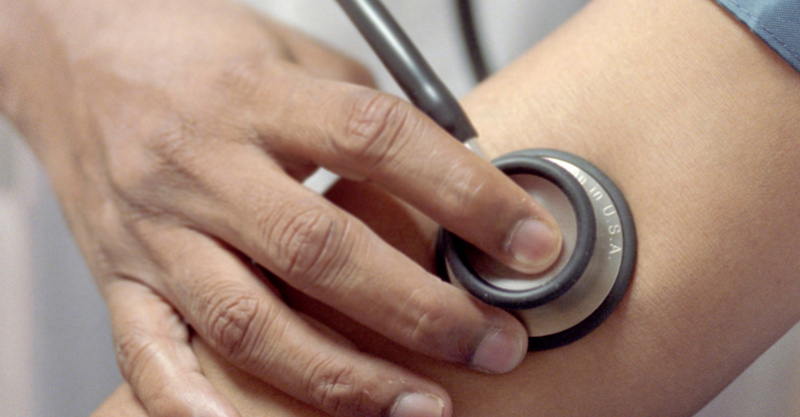Key Points
- Children are more prone to bone injuries when they are back in school, either from playground activities or team sports. It's important to know the signs of a bone injury and when to seek medical help.
- Most fractures in children occur in the upper extremities such as the wrist, forearm, and above the elbow. Signs of a fracture include hearing a "snap" or "grinding" noise, difficulty moving the area, and pain when touching or pressing on the area.
- Leg injuries are also common, especially in children involved in after-school sports. Symptoms are similar to upper extremity injuries, with the addition of inability to put weight on the affected leg.
- In severe cases, a bone fracture can cause a child to go into shock. Symptoms of shock include cool or clammy skin, a weak and rapid pulse, dizziness, nausea, dilated pupils, and confusion or anxiety. If shock is suspected, immediate medical attention is necessary.
- While it's difficult to prevent bone injuries, knowing what to look for and seeking immediate medical care can ensure that your child's bone injury is diagnosed and treated properly.
With school back in session, kids are more susceptible to bone injuries. Whether they are in the playground or involved in team sports, it's often hard to tell if a bone is broken or just bruised. What should you look for if a child is injured and when is it time to seek out retail clinics staffed with medical professionals?
Upper Extremity Injuries
Kid's Health says "Most fractures occur in the upper extremities: the wrist, the forearm and above the elbow." The reason these areas are more apt to get an injury resulting in a fracture is because it's natural for kids to reach out to stop a fall.
Any suspected bone injury should be looked at immediately so know the urgent care locations near your home and your child's school. Some telltale signs may be if you (or your child) hear a "snap" or "grinding" noise when the injury occurred. Chances are these sounds combined with difficulty in moving, touching or pressing on the area may mean the bone is fractured.
Leg Injuries
Along with playground activities, kids involved in any type of after school organized sports may suffer leg bone injuries. Again, being prepared and doing an Internet search on "urgent care centers near me" will shorten the time it takes to receive the proper treatment.
Leg bone injuries present with swelling, tenderness or bruising around the injured area. Your child may hear a snap or grinding noise, and if they can't put weight on the affected leg, it's time to seek medical care to rule out a fracture.
Fractured Bones
Along with bruising, tenderness, swelling and hearing a snap during play, if your child falls and you can clearly see a deformity in the arm, leg, hand or wrist, the bone may be fractured. In severe fractures, the bone may poke through the skin requiring you to find an emergency walk-in clinic location.
With fractured bones, it is also difficult to touch or put pressure on the affected area. For example if it's a leg bone injury, your child may not be able to stand or walk without experiencing severe pain.
Bone Injuries and Shock
For some children, experiencing a bone injury or break is not only painful but can also cause the child to go into shock. And, even if you can't tell if the bone is displaced, meaning you don't see a deformity, it doesn't mean the bone isn't broken. According to the Mayo Clinic shock symptoms after bone injuries include:
- Cool or clammy skin
- Weak and rapid pulse
- Dizziness
- Nausea
- Dilated pupils
- Confusion or overly anxious
Because shock combined with a bone injury can be life threatening, immediate urgent care is necessary.
If You Suspect Shock After a Bone Injury
If you see and hear all the signs of a bone injury, including shock, call 911 or immediately take your child to receive emergency medical treatment. While waiting for help it's essential to make your child lie down and elevate their feet, if possible. You should also check to make sure the child is breathing normally. Loosen your child's clothing or sports uniform. Do not give the child anything by mouth even if they complain of thirst. Leave the care to the professionals.
It's almost impossible to prevent bone injuries, especially with all the sports activities and play our kids our involved in each day. If you know what to look and listen for, and seek immediate medical care, your child's bone injury will be diagnosed and cared for properly.
Frequently asked questions
What are some common signs of a bone injury in children?
Common signs of a bone injury in children include hearing a "snap" or "grinding" noise when the injury occurred, difficulty in moving, touching or pressing on the injured area, and swelling, tenderness or bruising around the area.What should I do if I suspect my child has a bone injury?
If you suspect your child has a bone injury, it's important to seek immediate medical attention. You should know the locations of urgent care centers near your home and your child's school.What are the most common areas for fractures in children?
The most common areas for fractures in children are the upper extremities, including the wrist, the forearm, and above the elbow. This is because children naturally reach out to stop a fall.What are the symptoms of shock after a bone injury?
What should I do if my child is showing signs of shock after a bone injury?
If your child is showing signs of shock after a bone injury, call 911 or take your child to receive emergency medical treatment immediately. While waiting for help, make your child lie down and elevate their feet, if possible. Do not give the child anything by mouth, even if they complain of thirst.How can I prepare for potential bone injuries in my child?
You can prepare for potential bone injuries by knowing the locations of urgent care centers near your home and your child's school. It's also important to know the signs of a bone injury and shock.What should I do if I see a deformity in my child's arm, leg, hand or wrist after a fall?
If you see a deformity in your child's arm, leg, hand or wrist after a fall, it's possible the bone may be fractured. You should seek immediate medical attention, possibly at an emergency walk-in clinic.Can a child go into shock from a bone injury even if there's no visible deformity?
Yes, a child can go into shock from a bone injury even if there's no visible deformity. Shock can be life threatening, so immediate urgent care is necessary if your child shows symptoms of shock after a bone injury.









![Care Continuum: Where to Go When Your Sick or Injured [INFOGRAPHIC]](https://d1kve3ll6vvkpr.cloudfront.net/dir/media/W1siZiIsIjIwMTQvMDYvMDUvMTJfNDNfMzhfODI1X3doZXJlX3RvX2dvLmpwZyJdLFsicCIsInRodW1iIiwiODAweDQxNyMiXSxbInAiLCJlbmNvZGUiLCJqcGciLCItcXVhbGl0eSA5NSJdXQ/file.jpg?basename=Care+Continuum%3A+Where+to+Go+When+Your+Sick+or+Injured+%5BINFOGRAPHIC%5D&sha=403eee84817f83c2)
